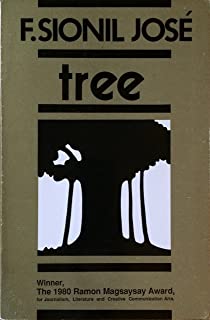Reading
takes you there, sometimes even to places where you, the reader, may not want
to go. Someone else, someone we have never met, did this, thought that, recorded
it and related it. The reader, never unsuspecting, willingly takes the author’s
hand to be led partially blind along others’ pathways, into foreign lands, or
distant times in unfamiliar landscapes. If the experience proves rich, a reader
has seen life, culture and time through another’s eyes and is richer for it.
And
sometimes the experience is utterly surprising, especially when the landscape
and culture in question is one whose recent press, and therefore the reader’s
assumptions, are not wholly positive. It
is then that the readers own assumptions may be questioned, even by apparently
uncontroversial subjects. And it in this respect that the reading of The Story Of
An African Farm by Olive Schreiner is thoroughly recommended.
It’s
a novel published in 1883, focusing on the rites of passage from childhood to
adulthood, from naïve encounter with nature to married expectancy of two
orphaned girls, Em and Lyndall, growing up in a mixed, though predominantly
Boer, determinedly white household. Now white South African culture of the
nineteenth century has rarely commanded a sympathetic English language press.
The twentieth century’s policy of separate development, Apartheid, they called
it, can be traced to the assumptions and notions of separateness that we learn
to take for granted in the pages of Olive Schreiner’s novel.
There
is no attempt to explain or justify such ideas in the book. It is no bigot’s
apology for failing. What it does do, however, is portray life for this family,
and especially the two young girls within it. We grow with them through
childhood to the goal of becoming women in a small farm in the dry karoo
scrublands of South Africa. Daily life,
with its wholly obligatory chores, is almost dispassionately described. These
people were farmers, but in fact peasants in modern parlance, since they
approached the activity not as a business, but as a means of achieving
sustenance. They observed that cattle
did not breed with ostriches and that different species inhabited their own
cycles and niches of life. It’s what God decreed and, though there was always
space for doubt and question, these were activities that could not publicly be
expressed or acknowledged, since the bedrock of community might be undermined.
There
was a perceived and assumed order to things, an order that had to be obeyed,
the price for non-observance being non-survival. Outsiders, like guests at any
formalised gathering where regular participants implicitly know the rules, were
always seen as potential threats. And, when your nearest neighbour might be
many miles away, separateness was part of the assumed and inhabited
landscape. And so we see the concept
applied even to the different people with whom these white farmers had to
cultivate daily contact, contact without which none of them would have
survived.
What
happens to the two girls, Em and Lyndall, in their African farm is the very
substance of the book, content that only should be revealed via the reading of
the tale. Suffice it to say that this novel about lives lived within a system
of apparently rigid rules eventually relates events that have all the
characters questioning the very basis of the assumptions they live by. Life was
hard, and often cruel. But that was the life they lived and, given their
location in place and time, it was perhaps the only life that was possible. The
Story Of An African Farm by Olive Schreiner is a book that certainly takes the
reader into its own world. It presents a life and landscape that is both
unfamiliar and little understood. By the end, we may be no more in sympathy
with its reality, but we certainly do know more about it.























